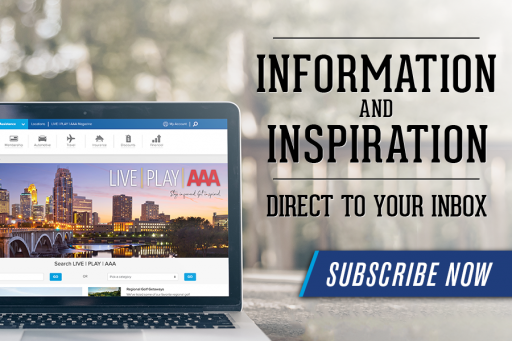Five Financial Planning and Tax Strategies for 2022

As we prepare for some much-needed warmer weather and longer days in Minnesota, now is a fantastic time to consider revisiting (or creating) your financial goals for the year. To help with your planning, here are five financial planning and tax strategies that can help get you started:
1. Utilize the Triple Tax Advantages of your Health Savings Account (HSA)
The health savings account (HSA) is an often-overlooked financial planning tool that provides significant tax and savings benefits for individuals and families alike. For 2022, allowed contributions max out at $3,650 for an individual or $7,300 for family health coverage. Not only are contributions made “pretax” to your HSA account, but your contributions can be invested and grow tax deferred—similar to an IRA or 401(k)—and when the money comes out, it can be used tax free for qualified medical expenses, thus the “triple” tax advantage (pretax, tax deferred and tax free).
2. Increase your Retirement Plan Contributions
For the first time since 2018, the IRS provided an increase to allowed 401(k) and 403(b) contribution limits. For 2022, employees can contribute up to $20,500 ($27,000 for those 50-plus with the catch-up contribution). These limits do not include any employer or matching contributions. If cash flow does not allow for you to max-fund your retirement plan, we recommend increasing your contributions by 1-2 percent every year to help save more with less of an impact to your take-home pay.
3. Revisit or Create Your Estate Planning Documents
Estate planning is an often-ignored part of the financial planning process. However, we believe it to be the key foundation to any plan. These documents are not just for when one passes, however; documents such as power of attorney and health care directives are essential while you are alive. If you unfortunately pass away without a fully executed will (aka dying “intestate”), your assets may not pass down to loved ones as you would have desired. Additionally, if you have executed estate documents already, we recommend revisiting these documents every 3-5 years to make sure no changes or updates need to be made.
4. Insure Your Wealth
While we believe that life and disability income insurance policies are cornerstones to a successful financial plan, an often overlooked (and inexpensive) part of any insurance plan should include an umbrella policy. The umbrella policy protects you and your family from liability claims that would exceed standard coverage on your auto or home policies. Many auto and home policies max-out their liability coverages between $100,000-$300,000, depending on your policy. If you are sued for a $500,000 liability claim resulting from an auto accident, as an example, and your auto policy maxes out at $300,000 of liability coverage, you could be held personally liable for the additional $200,000 claim. Umbrella policies step in to provide additional insurance coverage over and above your standard liability coverages for relatively inexpensive premiums.
5. Explore a Home Equity Line of Credit (HELOC)
With the current real estate market increasing home values at a rapid pace, many individuals and families have substantial equity locked into their primary residence. A home equity line of credit (HELOC) is one way to tap into your home’s equity for a remodel, debt consolidation or purely to have on hand in the event of an emergency. Remember, this is a line of credit—not a loan—so you only pay for what you use. Plus, it’s a great way to build additional emergency reserves into your financial plan.





